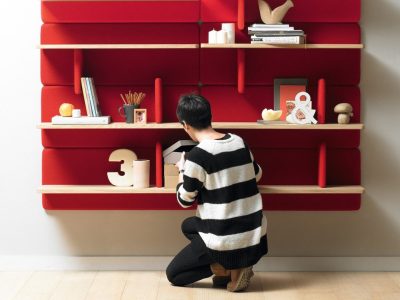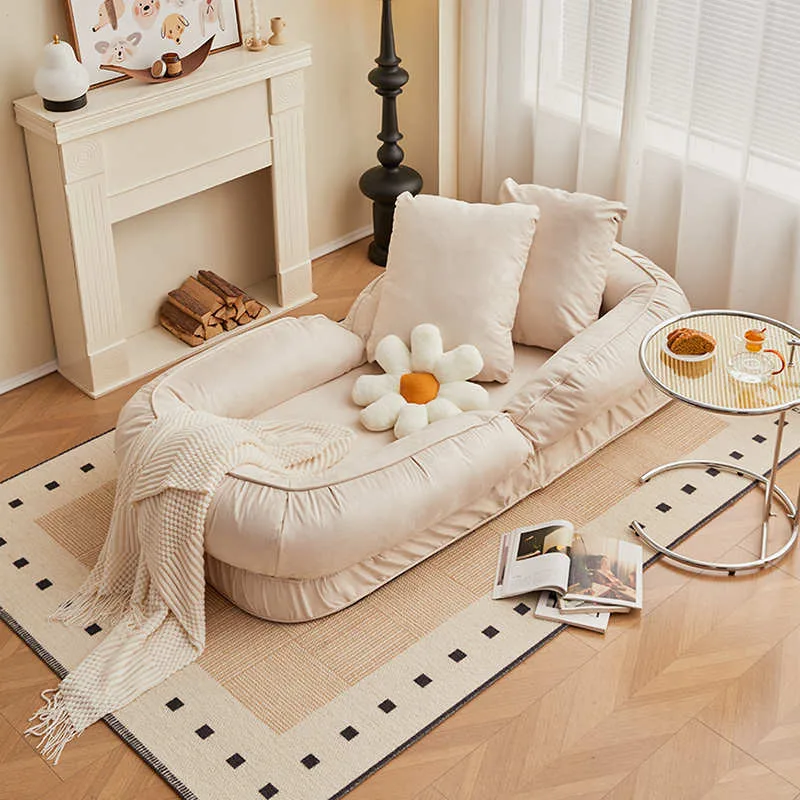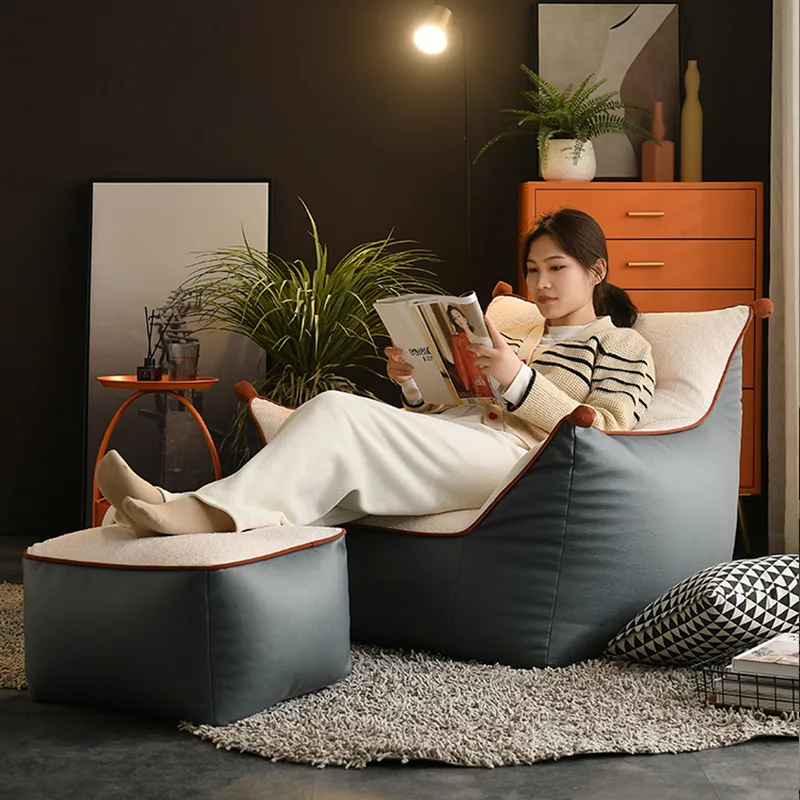- Residential Furniture
- Dining Room Furniture
- Kids’ Furniture
- Living Room Furniture
- Office Furniture
- Mattress
- Pet Furniture
- Outdoor furniture
- Hotel Furniture
- Multi-Functional Furniture
- Multi-functional Upholstered Sofa
- School Furniture
- Specialty Furniture
- Study Room Furniture
- Public Furniture System
- Smart Furniture
Building an Efficient Supply Chain: A Procurement Guide for Furniture Industry Wholesalers and Retailers

In the increasingly competitive furniture market, choosing the right furniture suppliers, optimizing procurement processes, and curating product assortments are critical for distributors, wholesalers, and large retailers. Whether aiming to expand product variety or increase profit margins, a successful furniture procurement strategy can give businesses a competitive edge in the market.
1. Market Trend Analysis in the Furniture Industry
As consumers’ demand for home quality and personalization rises, the furniture industry has undergone significant changes in recent years. These trends introduce new requirements for wholesalers and retailers in product selection, inventory management, and supply chain optimization.
Market Trends:
- Sustainability and Environmental Focus: More consumers are paying attention to eco-friendly materials and sustainable production processes, which has raised new supply chain demands for retailers and distributors. Choosing furniture that meets environmental standards not only meets market demand but also enhances brand image.
- Smart Furniture: With the rise of smart homes, smart furniture products have become increasingly popular. For example, smart beds, automated sofas, and other emerging products attract tech-savvy consumers.
- Customization and Modular Design: Consumer demand for customized and modular furniture is on the rise. Wholesalers and retailers may consider offering personalized options to meet the market’s desire for unique furniture.
2. Choosing Cost-Effective Furniture Products: How to Maximize Profits
For distributors and wholesalers, sourcing cost-effective furniture is a key method for boosting profitability. When selecting furniture products, attention should be given to the following aspects:
Key Selection Factors:
- Craftsmanship and Materials: Opt for furniture products made from high-quality raw materials and excellent craftsmanship. This ensures product quality and minimizes after-sales issues.
- Stable Supply Chain: Reliable suppliers are essential for ensuring timely deliveries and consistent product quality. Establishing strong, long-term relationships with manufacturers can help mitigate the risks of stockouts and price fluctuations.
- Market Demand and Trends: Understand local market trends and choose furniture that aligns with consumer preferences. Through big data analysis and market research, predict popular furniture types for the coming months and prepare inventory in advance.
Recommended Products:
- Multi-functional Furniture: Products such as sofa beds, foldable furniture, and storage cabinets not only save space but also meet diverse consumer needs, making them popular items.
- Modular Sofas and Beds: Modular designs cater to consumer demands for customization while reducing inventory pressure and providing more sales opportunities.
5. Choosing Partners: How to Select Reliable Furniture Suppliers
Whether as a wholesaler or retailer, choosing a reliable furniture supplier is key to successful operations. Here are a few selection criteria:
Selection Criteria:
- Production Capacity: The supplier’s production capacity must be able to meet large-scale wholesale demands while ensuring stable delivery.
- Product Quality: Regularly inspect suppliers’ quality control processes to ensure they deliver furniture products that meet industry standards.
- After-Sales Service: A good supplier should also offer comprehensive after-sales services, such as return and exchange policies, repair support, etc., helping businesses reduce after-sales issues.
3. Optimizing Inventory and Supply Chain Management: Reducing Costs and Improving Efficiency
In furniture wholesale and retail, inventory management and supply chain optimization are key factors that influence operational efficiency. By managing inventory effectively, businesses can avoid overstocking unsold products while ensuring timely replenishment of hot-selling items.
Inventory Management Strategies:
- Precise Management: Use advanced inventory management systems to monitor stock levels in real time. Based on sales data and seasonal demand, make accurate replenishments to avoid surplus or shortages.
- Pre-sales and Deposits: For new or customized furniture products, pre-sales and deposits can help secure orders in advance, reducing inventory pressure and ensuring smooth execution of sales plans.
Supply Chain Optimization:
- Cross-border Sourcing and Local Production: In today’s globalized world, wholesalers can consider cross-border sourcing to find more competitively priced suppliers. At the same time, local production or assembly can help reduce transportation costs and improve delivery efficiency.
- Long-term Partnerships: Establishing long-term partnerships with reliable suppliers not only ensures stable product quality but also allows for better price negotiations.
4. Building Successful Online and Offline Retail Platforms
Today, online shopping has become one of the primary shopping methods for consumers worldwide. For retailers, in addition to selling furniture in traditional physical stores, developing online platforms and multi-channel sales strategies is increasingly crucial.
Online Sales Strategies:
- Optimizing E-commerce Platforms: Set up flagship stores on major e-commerce platforms (like Amazon, Wayfair, or eBay), leveraging data analytics and customer feedback to adjust product offerings and precisely target the right consumer segments.
- Social Media Marketing: Use social media platforms (such as Instagram, Facebook, Pinterest, or TikTok) to showcase real-life usage and customer reviews of furniture products, enhancing brand visibility and engagement.
- Virtual Reality (VR) Experience: Introduce virtual reality (VR) technology to provide consumers with an immersive online shopping experience, allowing them to see how furniture would look in their own space. This can boost consumer confidence and facilitate quicker purchase decisions.
Offline Sales Strategies:
- Enhance In-Store Experience: Create specialized display areas within physical stores where customers can experience the comfort, design, and functionality of the furniture. Focus on making the showroom interactive and inviting, with well-designed layouts that highlight key products.
- Staff Training: Regularly train sales associates on product knowledge, customer service, and upselling techniques to improve the customer experience and increase conversion rates in-store. Knowledgeable and approachable staff can make a significant difference in customer satisfaction and sales.
For furniture distributors, wholesalers, and retailers, selecting the right products, optimizing supply chain management, and expanding sales channels are essential to gaining a competitive edge in the market. By thoroughly understanding market demand and industry trends, offering cost-effective products and excellent service, businesses can achieve substantial profits. As a partner, we are committed to providing high-quality furniture supplies to help your business stand out in the competitive market.











